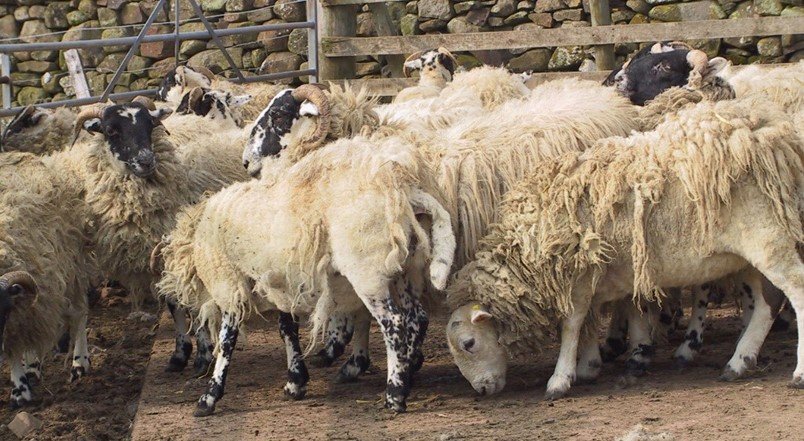Scab
Sheep scab, also known as psoroptic mange, is a highly contagious skin disease caused by the mite Psoroptesovis. This condition can cause severe itching and discomfort in sheep, leading to significant welfare issues and economic losses. It's important for flock owners to be aware of the symptoms, treatment options, and preventive measures to manage this disease effectively.

Symptoms and diagnosis of Scab 🩺
Symptoms
- Intense itching and irritation
- Rubbing against fences and biting at shoulders
- Wool loss and damaged skin
- Restlessness and head tossing
- Open, bleeding wounds and secondary infections in severe cases
Early signs of sheep scab can be subtle, with some sheep showing little to no symptoms due to individual immune responses. However, as the infestation progresses, the symptoms become more apparent and severe.
Diagnosis
Diagnosing sheep scab involves examining the sheep for clinical signs and confirming the presence of mites. This can be done by:
- Scraping the edge of lesions to find live mites
- Blood ELISA tests to detect antibodies as early as two weeks after exposure
- Microscopic examination of skin scrapes from the edge of crusting lesions
It's crucial to differentiate sheep scab from other conditions like louse infestations, as misdiagnosis can delay proper treatment and control.
How to treat Scab in sheep 💊
Treating sheep scab effectively requires prompt action and appropriate methods. The main treatment options include:
Plunge Dipping
Plunge dipping in organophosphate (OP) or synthetic pyrethroid (SP) dips can effectively eradicate sheep scab. Sheep must be immersed for at least 60 seconds, ensuring the head is submerged twice. This method also provides residual protection against reinfestation.
Systemic Endectocides
Injections of macrocyclic lactones (MLs) like moxidectin, doramectin, or ivermectin can control ectoparasites throughout the body. Correct dosing is essential, and some products may require double dosing or specific administration techniques.
Note: Over-reliance on these treatments can lead to resistance, so it's important to follow veterinary advice and use treatments judiciously.
How to prevent Scab in sheep 🛡️
Preventing sheep scab involves several strategies to minimize the risk of infestation:
Isolation and Quarantine
Isolate new or returning sheep for at least three weeks and monitor them for signs of scab before introducing them to the main flock. This helps prevent the introduction of mites from external sources.
Regular Monitoring
Regularly inspect your flock for signs of itching, wool loss, and other symptoms. Early detection can help manage and treat infestations before they spread widely.
Good Fencing and Biosecurity
Ensure effective fencing to prevent straying and contact with neighboring sheep. Clean and disinfect shared equipment and facilities to reduce the risk of mite transmission.
Cooperation with Neighbors
Work with neighboring farms to maintain high health standards and coordinate treatment efforts, especially in areas with common grazing.
By staying vigilant and proactive, you can help protect your flock from the discomfort and economic impact of sheep scab. If you suspect an infestation, consult your veterinarian for accurate diagnosis and appropriate treatment.


